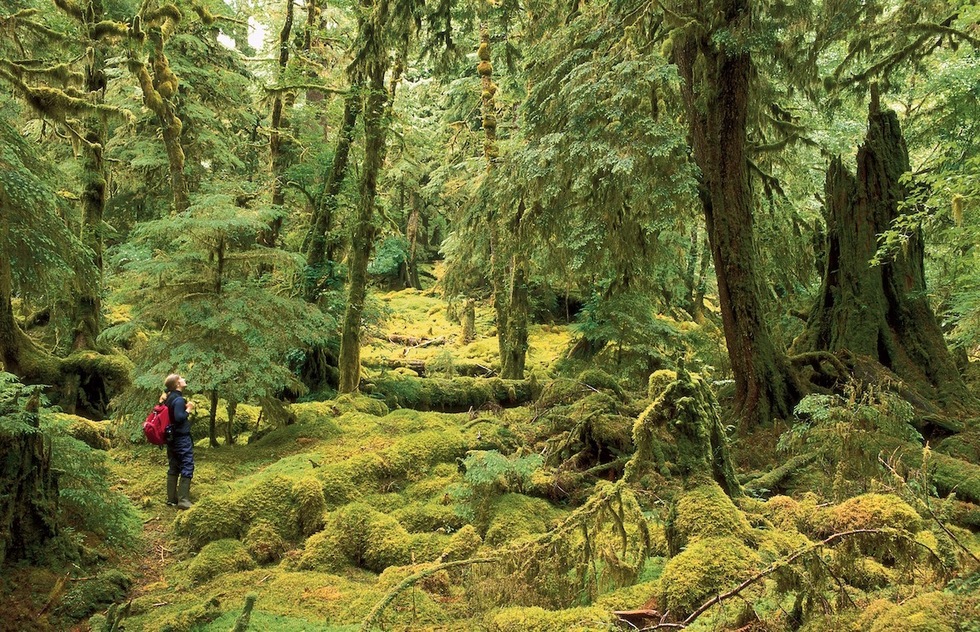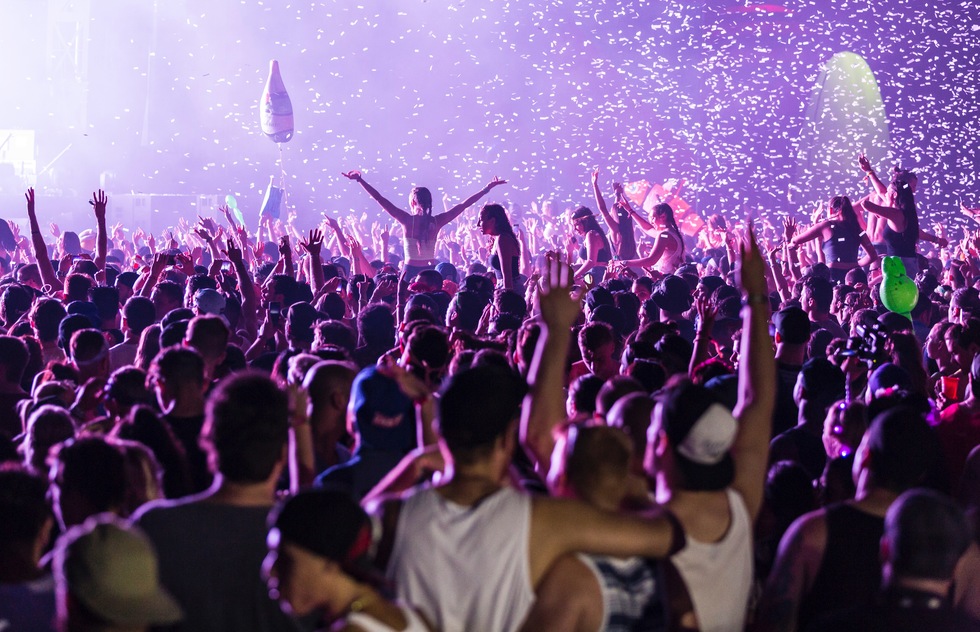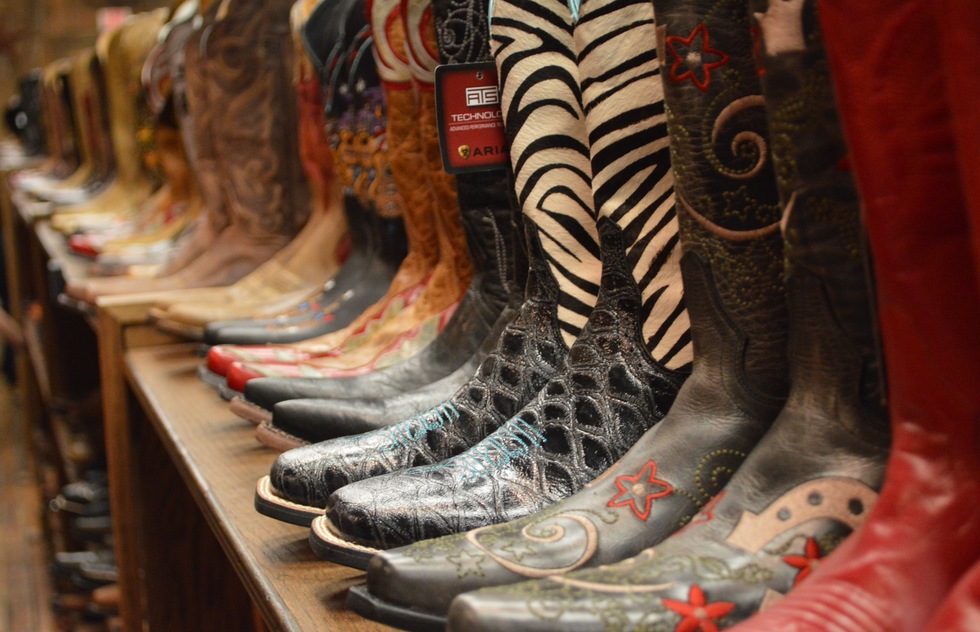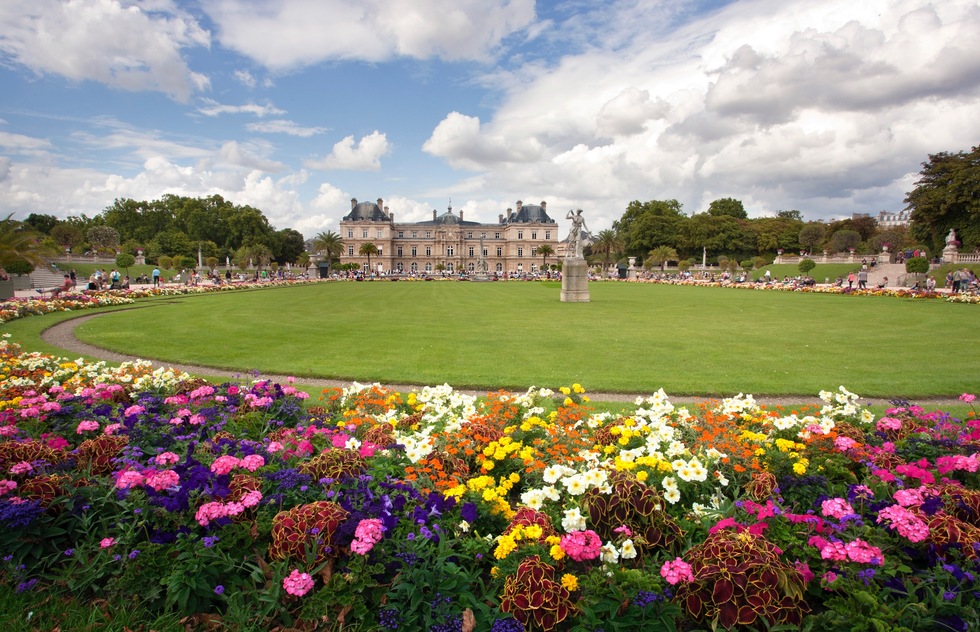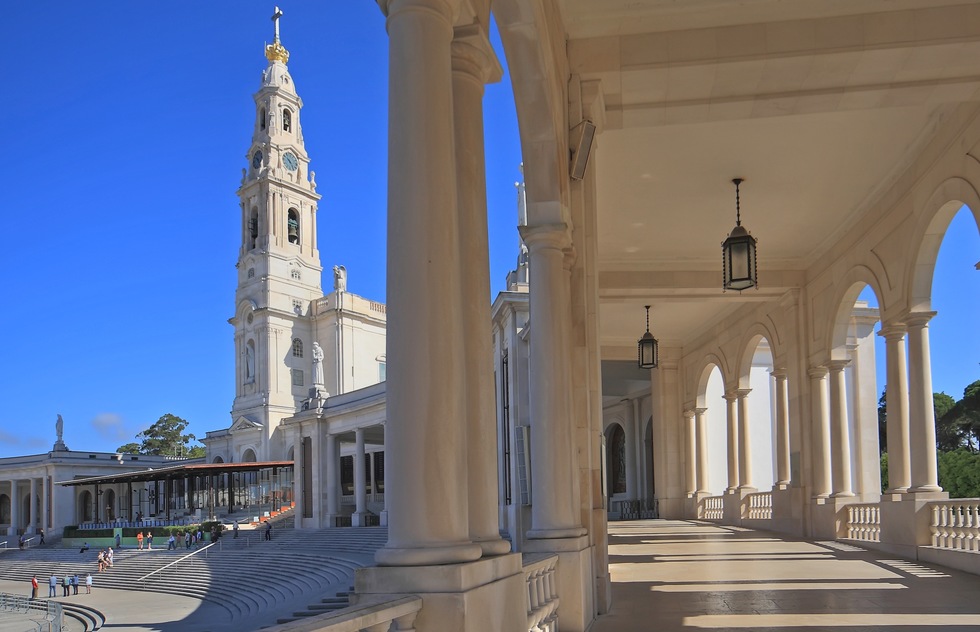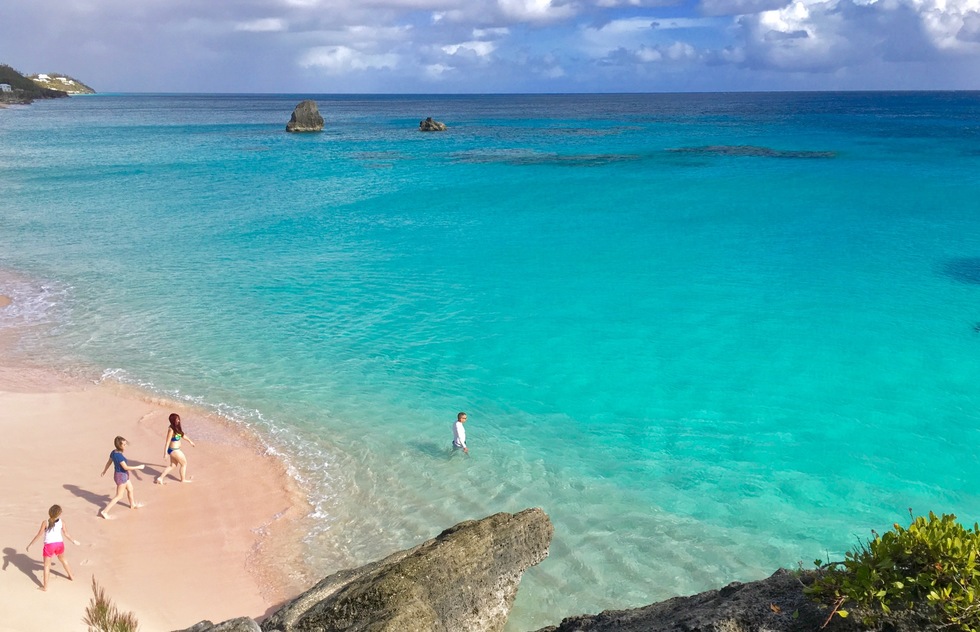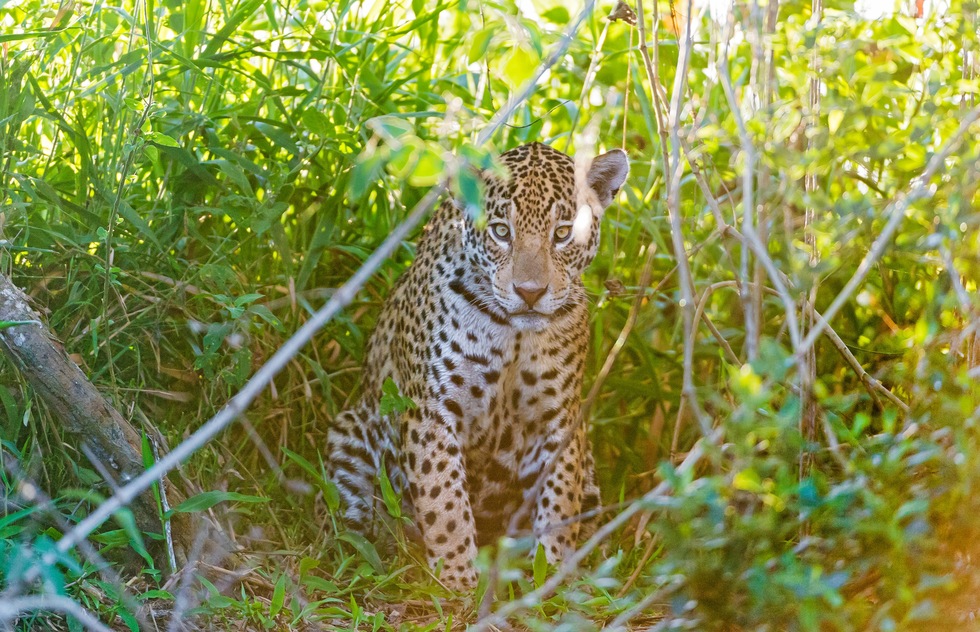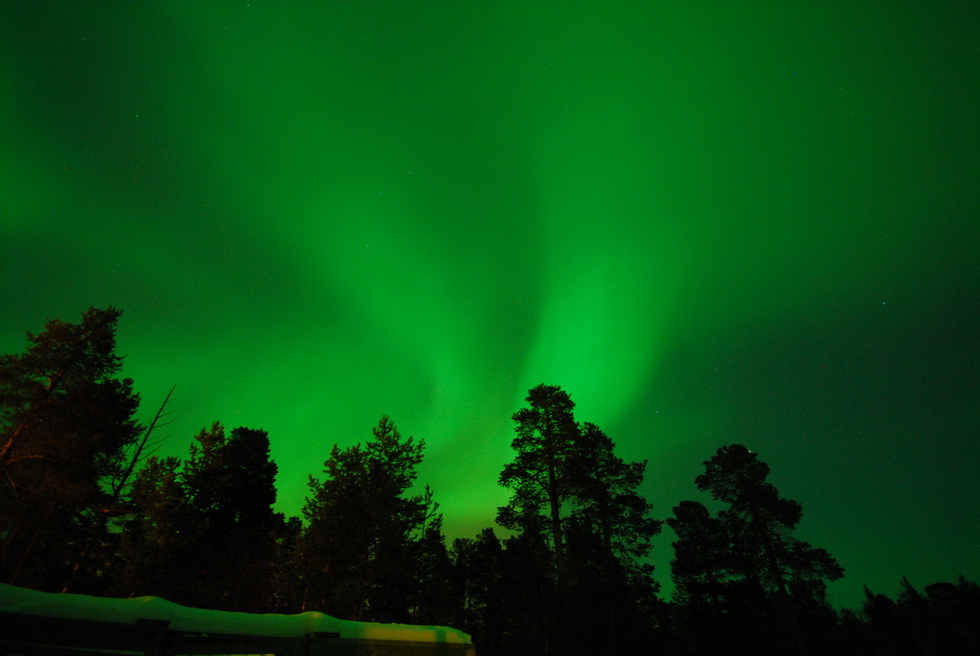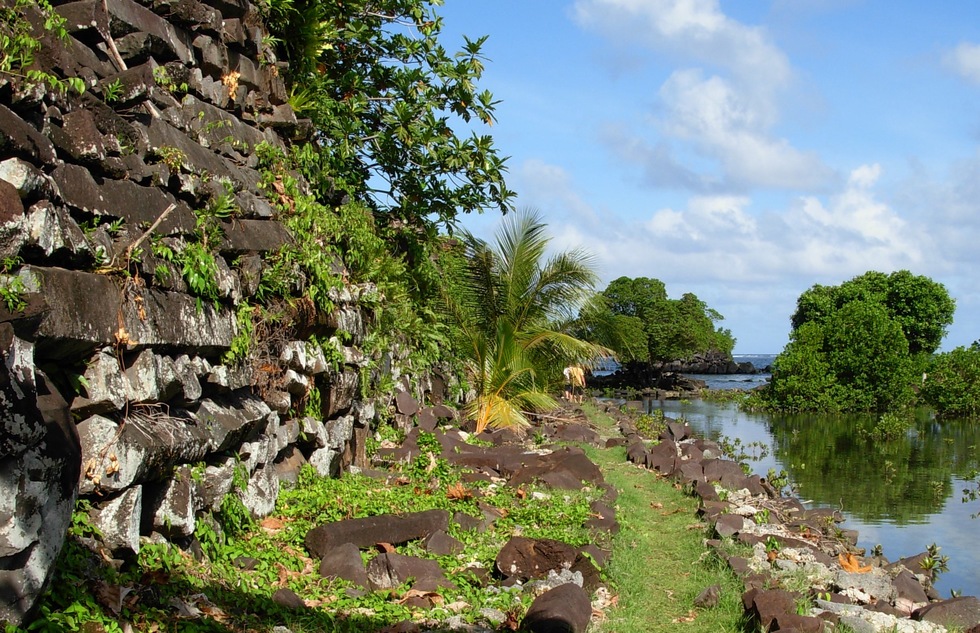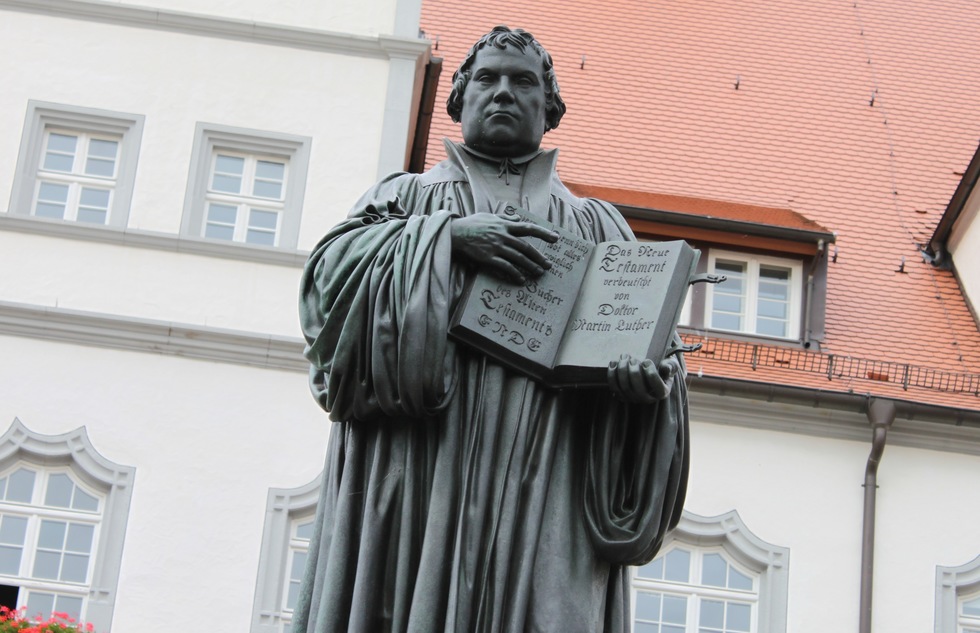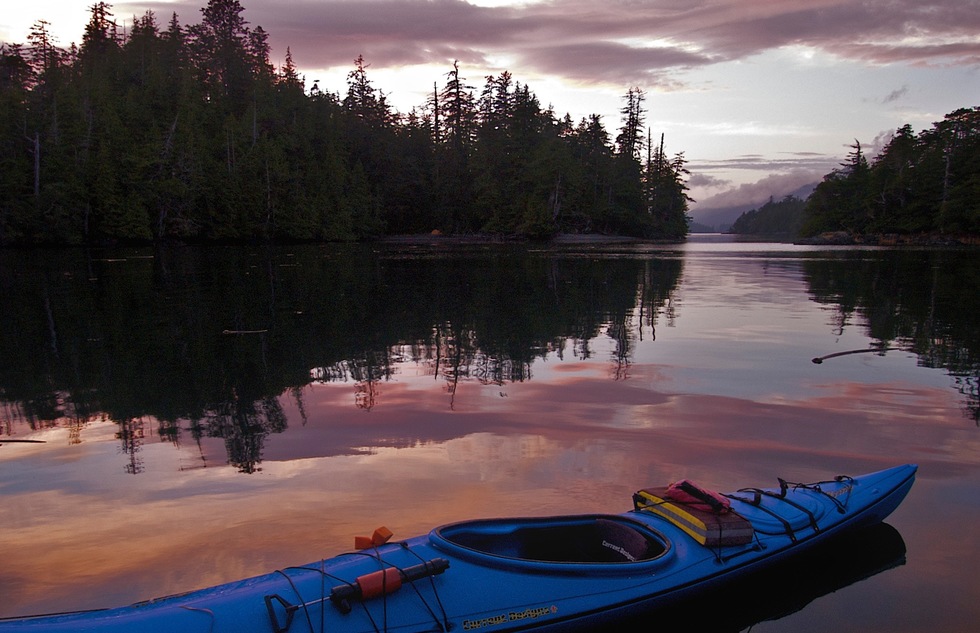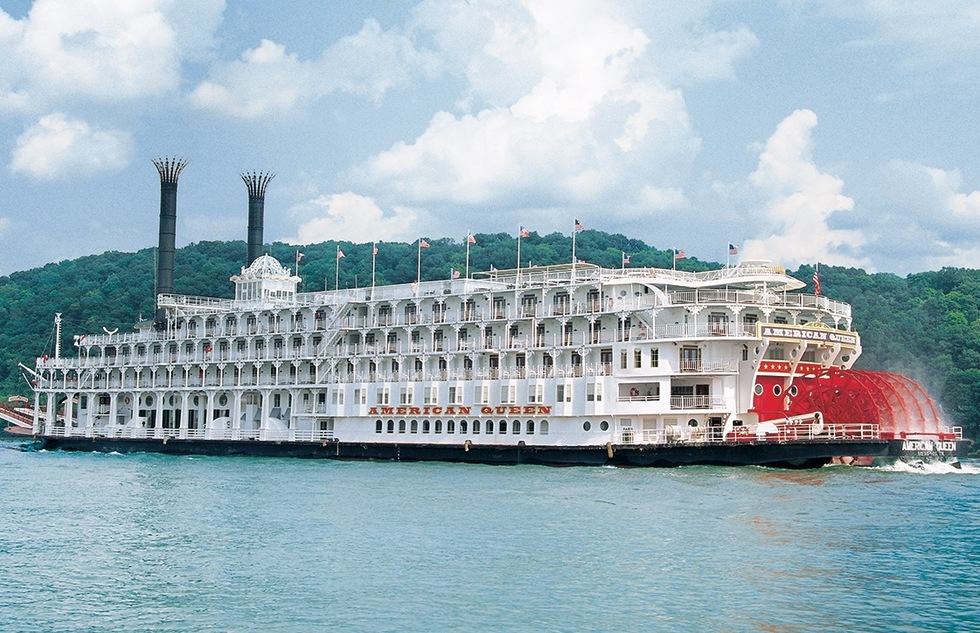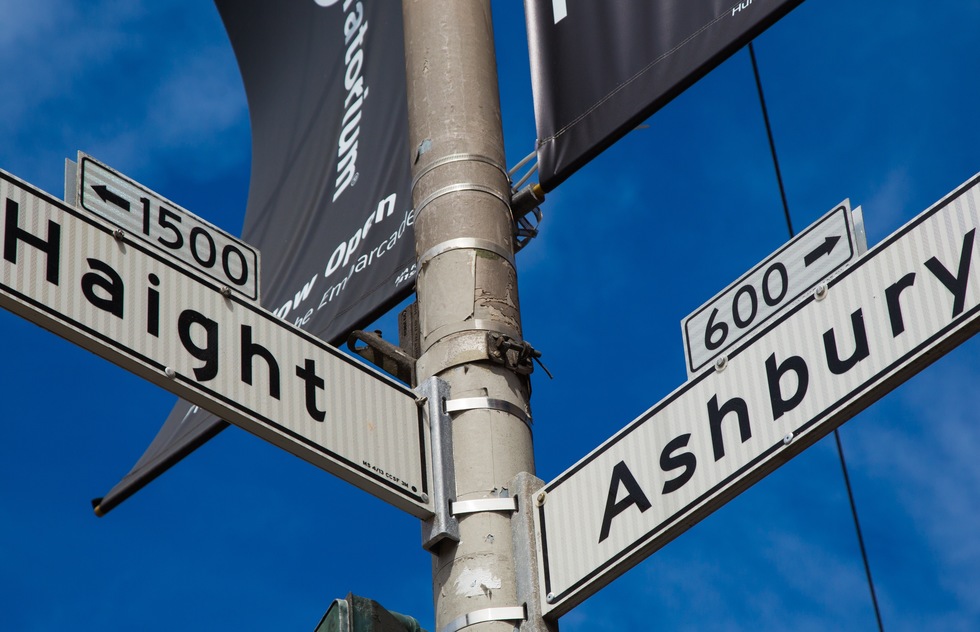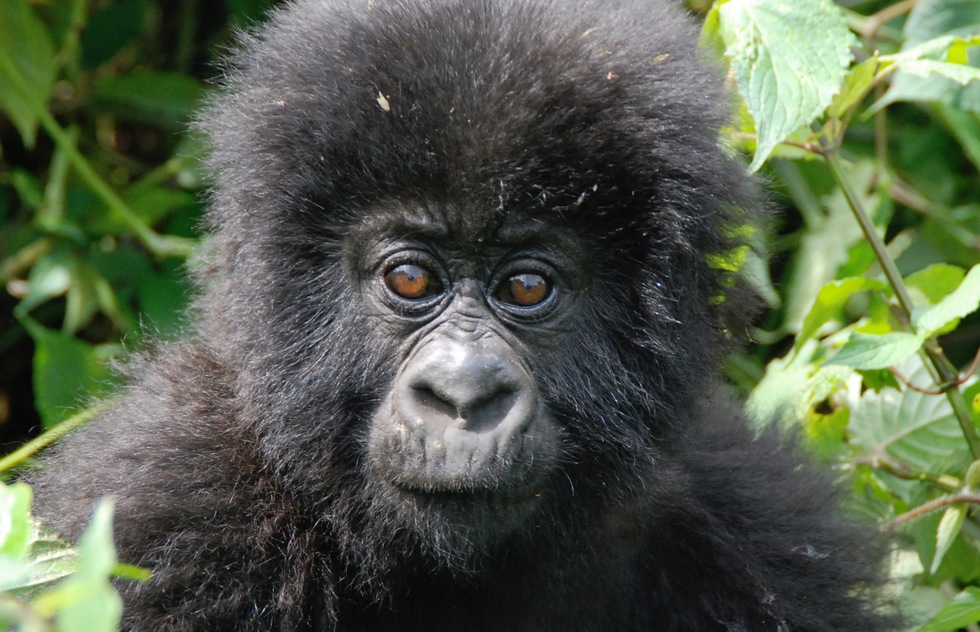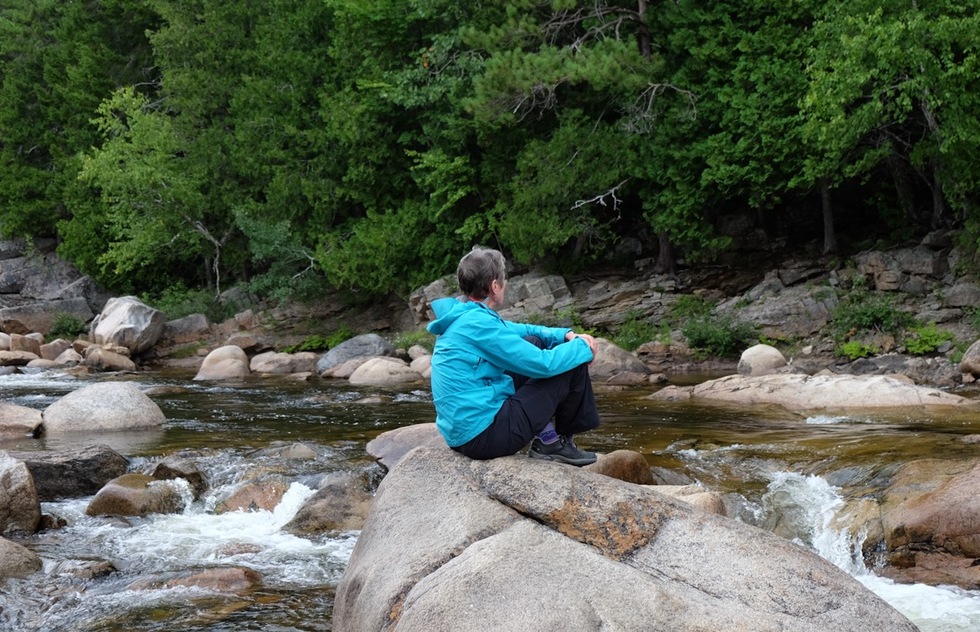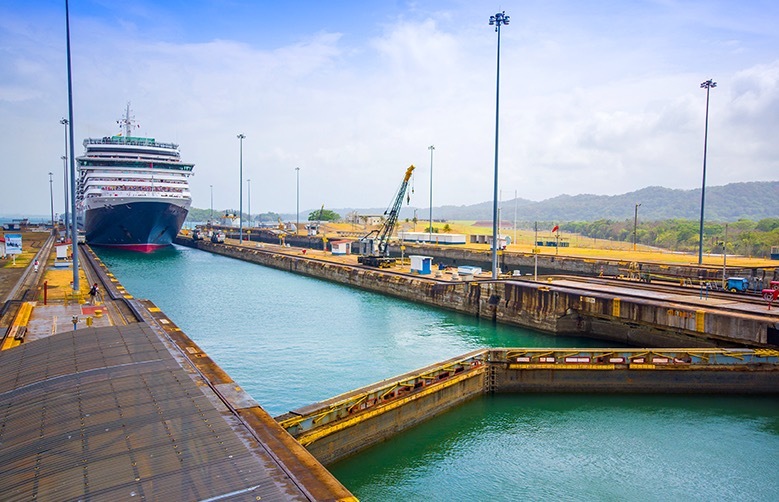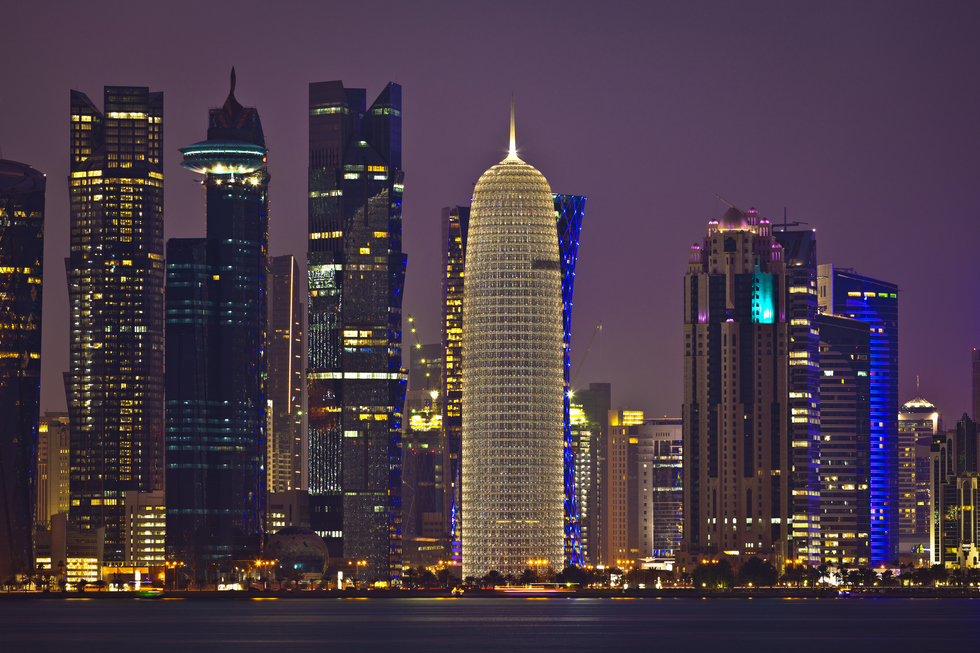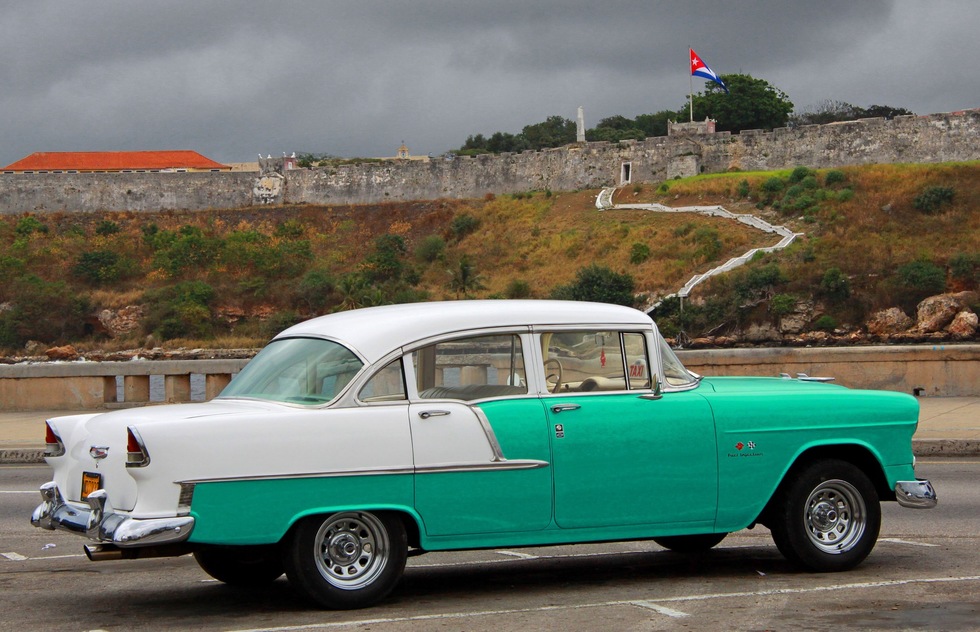Frommer's' Best Places to Go in 2017
By Frommer's StaffFar from discouraging us, the vicissitudes of 60 years have only strengthened our conviction that travel is invaluable when it comes to broadening our understanding of the world and our capacity to find common ground across cultures and classes. In assembling our annual list of the best places to go for the year, we paid special attention to destinations that allow visitors to make discoveries—whether by learning from the past, encountering strangers, marveling at nature, or returning to a spot you thought you already knew. Here, in no particular order, are the best places to discover the world in 2017.
Photo: Haida Gwaii
Colliding celebrations—the 150th anniversary of its nation and the 375th birthday of the city—will make Montréal party central for much of 2017. And what a shindig it will be! This ancient city, in the spirit of its famous export Cirque du Soleil, is filling the calendar with a carnival of fantastic celebrations—175 in total, 100 of which will be free over the summer months. They include the Walk of the Giants, massive marionettes from France's acclaimed Royal de Luxe Theater striding the streets; a roaming sound and light show throughout Old Montréal; and from May to December a cutting-edge multimedia show in homage of the St. Lawrence River (with 3-D projections, water features, music). The city will also premiere Another Brick in the Wall, an opera based on Pink Floyd's album, with former bassist Roger Waters at the helm, and a timely tribute to the work of Leonard Cohen at the Museum of Contemporary Art.
Beginning in May 1917, the Virgin Mary is said to have appeared several times to three young shepherds living in sunny, stony Fátima—a miracle eventually recognized by the Roman Catholic Church. To mark the event’s 100th anniversary, millions of pilgrims are expected to pay respects to the city’s shrine, particularly between May, when Pope Francis will be dropping by, and October, when the apparitions of 1917 culminated in a solar display known as the Miracle of the Sun. Whether you’re a believer or not, you can appreciate the sense of spiritual high drama. And there are certainly less pleasant pilgrimage sites than Portugal, with its rich history, California-esque climate, and eye-catching villages. From Fátima, the charming medieval town of Óbidos and the postcard-ready surfing beach of Nazaré can both be reached in less than an hour.
Local legend has it that twin sorcerers built the ancient city of Nan Madol using black magic to transport huge basalt stones from one side of the western Pacific island of Pohnpei to the other. The rocks were then used to create temples, tombs, and palaces on more than 90 artificial islets linked by a series of canals—think Machu Picchu meets Venice, but in Micronesia. So far, archaeologists haven’t been able to come up with a definitive alternative origin story. They agree that the boulders that went into the making of the ancient sacred site couldn’t have come from nearby, but how they got where they are remains a mystery. In 2016, the fascinating ruins—believed to be the ceremonial seat of the Saudeleur Dynasty from the 13th century into the 17th—were made a UNESCO World Heritage Site and also added to the organization’s list of World Heritage in Danger, due to rising waterways and encroaching mangroves. In other words, hurry up and visit before this lost city is lost for good.
Many historians say that Martin Luther didn’t actually nail Ninety-Five Theses to the doors of the cathedral in Wittenberg to lodge his case against the Roman Catholic Church. Historians agree, however, that the Protestant Reformation dates to the publication of Luther's earth- and Heaven-shattering work in 1517. To mark the 500th anniversary of that seismic event, Germany hosts numerous Luther-related art exhibits, lectures, church services, and concerts across the country, in cities including Berlin, Eisenach (where Luther translated the New Testament into his native tongue at Wartburg Castle), and the theologian’s hometown of Eisleben. The epicenter of the festivities, however, will be Wittenberg, where the World Exhibition on the Reformation will include seven “Gates of Freedom” on the ramparts of Old Town that will use musical performances, dramatic presentations, and lectures to meditate on themes raised by the advent of Protestantism.
Imagine a misty, 130-island archipelago of pristine wilderness and bountiful seafood where visitors hike on timber trails, kayak on placid waters, and indulge in some of the richest fishing grounds in North America. In some ways, Haida Gwaii, British Columbia—until 2009 known as the Queen Charlotte Islands—rhymes with the best of Lower Alaska, only further south and without the crowds. Gwaii Hanaas National Park Reserve, a truly unique wilderness, is only accessible by boat or seaplane, and it's still possible to get to know the totems and traditions of the ancient Haida culture that dominated the Pacific Coast for eons. There are some places so magical that we can't understand why they aren't more famous. But that may change now—Prince William and Kate brought the cameras of the world media here in September of 2016, when they paddled war canoes, tried out the Haida language—and, darn it all, let the secret slip.
For too long, the United States virtually ignored its star river. The waterway that helped build the country was neglected as a post-industrial relic, a wash of dilapidated gambling boats and bad Mark Twain impressions. But the boom in European river cruising has arrived to redeem it. Capacity is leaping up. Last June, American Cruise Lines, which has been telling the press it’s operating at 95% capacity, christened its new 185-passenger America. American Queen Steamboat Company responded to demand by booking longer trips and by converting an old casino boat to a cruise vessel that starts in May, giving it three ships on that river. The new French America Line begins luxury sailings on its Gallic-styled, refurbished Louisiane. And European vacation stalwart Viking River Cruises has announced its own plans to invade the river, although legal demands that its ships must be built in the United States have delayed its entry until at least 2018. Ol' Man River is getting a new spring in his paddlewheel. Isn't it time to get to know what countless historians have called "the spine of America"?
Today we see San Francisco as a picturesque seat of American wealth—a city barely affordable to those not caught up in digital industries. But 50 years ago, in 1967, the largely working-class area flooded with young people intent on challenging American civil rights, protecting the environment, and defying traditional definitions of authority. In 2017, the whole city harks back to the Summer of Love. Dive into nearly two dozen events and exhibitions ranging from the story of the Black Panthers at the Oakland Museum of California to blockbuster exhibits, performances, and other events at the famed de Young Museum, the library, City Hall, and on ballet and concert stages citywide. In June, the legendary Monterey Pop Festival, which cemented the stature of Jimi Hendrix and Janis Joplin, returns 50 years after its debut. (The party's headquarters is in the Bay Area, but Summer of Love/Beat Generation experiences also expand to London's Victoria & Albert Museum and Paris's Centre Pompidou.) San Francisco may not be the anything-goes paradise it once was, but the Flower Power that has come to define the city by the Bay is finally getting its due as a serious subject.
Two decades ago, Rwanda was synonymous with horror and genocide. Today, the country is out of the shadows, and tourism is its claim to fame for the current generation. This little nation in central Africa has devoted itself to tourism, with some 7.1% of its GDP coming from visitors. The northwestern part of the nation, where Volcanoes National Park is found, got a 10% boost last year alone. In October, Marriott chose the capital of Kigali as the site of its first Rwandan property. Additionally, this year marks the 50th anniversary of the Diann Fossey Gorilla Fund, named after the famed zoologist who did some of her most important work with primates here (she's best known as the author of Gorillas in the Mist, which was later turned into a movie starring Sigourney Weaver). The national parks frequented by Fossey are still the only sites on earth where you can see endangered mountain gorillas in the wild. A visit to see them is an adventure of a lifetime, requiring several flights, overland travel, a hike into lush greenery, and careful preplanning since a limited number of people are allowed near the animals each day. But now is the time to undertake the journey—a mere 800 mountain gorillas are left in the wild.
President Barack Obama went on a National Monument-designating tear during his last year in office, ordering federal protection for sites as disparate as New York City’s Stonewall Inn (site of the 1969 uprising that sparked the modern-day LGBT civil-rights movement) and a set of underwater mountains and canyons in the Atlantic Ocean. Among the newest monuments created by Obama: these 87,000 acres of pristine forests and picturesque streams in northern Maine, which were donated to the citizens by Burt’s Bees cofounder Roxanne Quimby. It looks just like nearby Acadia National Park, but, blessedly, has nowhere near the number of visitors (yet). Katahdin Woods and Waters could some day become a national park; monument status is sometimes a first step in that direction, but the promotion will require approval from Congress. Which may not come—timber interests and those who oppose federal ownership of land have been licking their chops over the site. But when you’re mountain biking alongside the East Branch of the Penobscot River or hiking past spectacular views of Maine’s highest peak, Mount Katahdin, it’s hard not to be glad that the whole thing belongs to the public.
More than a century after it opened in 1914—following more than 30 years of construction and the deaths of more than 20,000 workers—the Panama Canal remains a staggering feat of engineering, not to mention of human presumption. Cutting across 48 miles of the isthmus of Panama, the artificial waterway manages to supply what several centuries’ worth of European explorers had attempted to find elsewhere: a shortcut from the Atlantic to the Pacific oceans. Today, roughly 14,000 ships pass through each year. After construction delays, cost overruns, and other setbacks, expanded locks opened in 2016, two years behind schedule. But better late than never, and when it comes to capacity, the new Panama Canal is a whole lot better. Following the more than $5 billion project, the country’s star attraction can now handle container ships carrying more than twice as much cargo as in the old days, not to mention larger cruise ships. And the cruise lines are ready, with compelling new shore excursions that take advantage of Panama's rich nature and cultural sights. To see the new locks, head to the parklike Canal Expansion Observation Center, which boasts wide terraces overlooking the canal and Gatún Lake. For the classic view over the old locks, there's always the Miraflores Locks, site of one of the country’s best museums. After your visit, swing by Panama City to take in the mix of colonial charm and growing gentrification in Casco Viejo, the capital’s vibrant old quarter.





